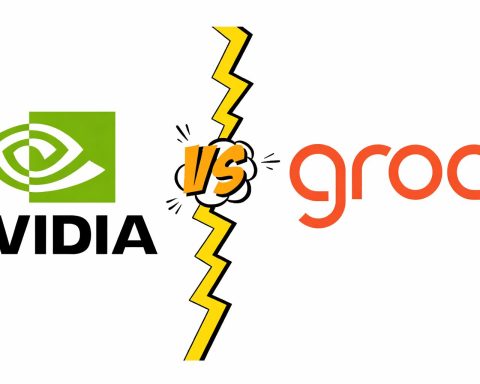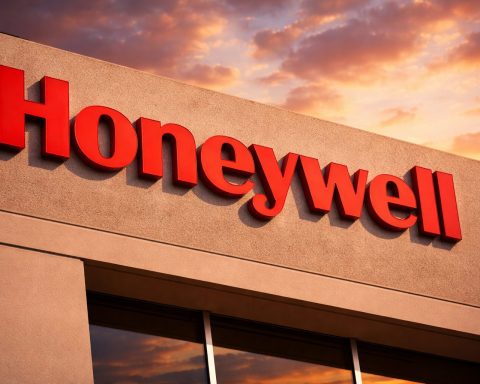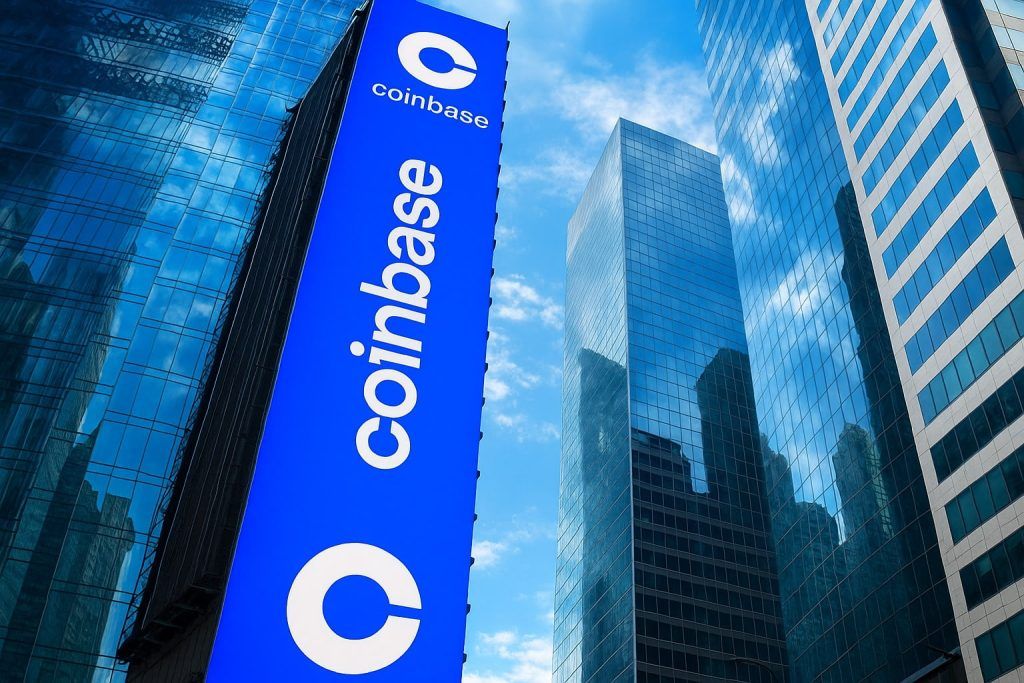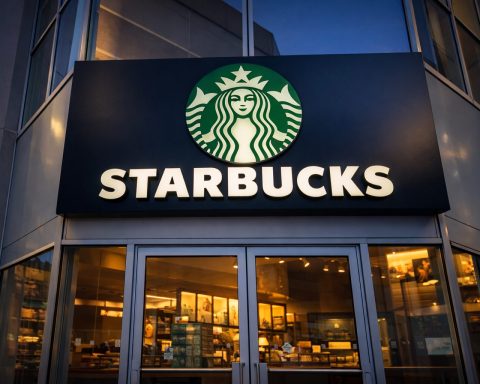Virgin Galactic Holdings, Inc. (NYSE: SPCE) is back in the headlines today after releasing its third‑quarter 2025 results last night and updating investors on progress toward its long‑promised space tourism service. The company is still burning a lot of cash and generating almost no revenue, but it narrowed its quarterly loss, shored up liquidity, and reaffirmed a late‑2026 launch timeline for private astronaut flights. [1]
On the market side, SPCE is trading around $3.31, giving the company a market capitalization of roughly $190 million, near the bottom of its 52‑week range between $2.18 and $8.19. [2]
Key takeaways for Virgin Galactic (SPCE) on November 14, 2025
- Q3 2025 revenue: about $0.4 million, essentially flat year‑on‑year and still coming mainly from access fees paid by future astronauts rather than actual flights. [3]
- Net loss improves:$64 million loss vs. $75 million in Q3 2024, helped by lower operating expenses; loss per share was $1.09. [4]
- Cash & securities:$424 million in cash, cash equivalents and marketable securities as of September 30, 2025. [5]
- Cash burn: Q3 free cash flow was about –$108 million, with Q4 2025 free cash flow expected between –$90 million and –$100 million. [6]
- Timeline reaffirmed: flight testing of the new Delta‑class spacecraft still targeted for Q3 2026, with first commercial spaceflight in Q4 2026 and private astronaut flights 6–8 weeks later. [7]
- Long‑term plan: up to 125 flights per year with the first two new SpaceShips, at $600,000 per seat, implying around $450 million in annual revenue at full utilization. [8]
- Stock performance: SPCE closed at $3.31 on Thursday, down about 8.6% after earnings, and is down over 40% year‑to‑date, making it one of the worst performers in Wolfe Research’s coverage universe. [9]
Q3 2025: Smaller loss, same tiny revenue
Virgin Galactic’s Q3 2025 numbers underscore the same theme investors have heard for several quarters: very little revenue, heavy spending, but gradual financial improvement.
From the company’s official release and related summaries:
- Revenue: about $0.4 million, effectively unchanged from the $0.4 million posted in Q3 2024. This revenue still comes mainly from access fees future astronauts pay to secure their place in line. [10]
- GAAP operating expenses: about $67 million, down from $82 million a year ago – roughly a 19% reduction, as the company shifts more spending into capital investments for its manufacturing facilities. [11]
- Net loss: approximately $64 million, or $1.09 per share, versus a $75 million loss (and $2.66 per share) in the prior‑year quarter. [12]
- Adjusted EBITDA: about –$53 million, compared with –$59 million in Q3 2024, showing a modest improvement in underlying operating performance. [13]
On the cash side:
- Net cash used in operating activities: roughly $56 million for the quarter.
- Capital expenditures: about $51 million, up from $39 million a year ago as Virgin Galactic continues to build out its Delta‑class fleet and related infrastructure.
- Free cash flow: approximately –$108 million, an improvement from around –$118 million in the same quarter last year. [14]
Management expects that free‑cash‑flow losses will remain heavy in Q4 2025 – between –$90 million and –$100 million – before gradually improving through 2026 as development spending peaks and then declines. [15]
In short: the bleeding is slowing, but the company is still firmly pre‑revenue and deeply cash‑negative.
Cash runway and funding: $424M on hand, more dilution likely
As of September 30, 2025, Virgin Galactic reported $424 million in cash, cash equivalents and marketable securities on its balance sheet. [16]
That liquidity was boosted by:
- roughly $23 million raised through the company’s at‑the‑market equity offering in Q3 2025, which allows Virgin Galactic to periodically sell new shares into the public market. [17]
At the current burn rate — around $100 million of free cash flow out the door per quarter — this cash pile is not infinite. If free cash flow tracks the current guidance, the company would likely need additional capital well before its planned 2026 commercial launch, either through more share sales, new debt, or strategic partnerships. That risk is explicitly highlighted in several analyst notes and technical commentaries. [18]
Delta‑class spacecraft: 2026 launch timeline reaffirmed
The heart of today’s story isn’t the revenue line – it’s the progress on the Delta‑class SpaceShips that will power Virgin Galactic’s next era.
Across the company’s own press release, investor presentation, and third‑party coverage, the key milestones look like this:
- By Q4 2025, Virgin Galactic expects around 90% of structural parts for its first new SpaceShip to be delivered to its SpaceShip Factory. [19]
- Flight testing for the Delta‑class vehicle remains on track to begin in Q3 2026.
- The first commercial spaceflight — using the Delta‑class ship launched from the upgraded VMS Eve carrier aircraft — is still targeted for Q4 2026.
- Private astronaut flights are expected to follow 6–8 weeks after the first commercial mission, meaning late 2026 for paying tourists if everything stays on schedule. [20]
CEO Michael Colglazier described this as “an exciting stage in our SpaceShip program”, emphasizing that the production checklist is getting shorter while timelines remain intact. [21]
A separate analysis from Aviation Week today notes that Virgin Galactic has refined its private‑astronaut start date to the final quarter of 2026, following earlier delays tied to production setbacks, but without signalling any additional slippage in the latest update. [22]
How big could the business be if it works?
Virgin Galactic and several analysts continue to frame the Delta‑class economics in terms that, on paper, look much more attractive than the Unity era:
- Up to 125 spaceflights per year using the first two Delta‑class ships.
- Ticket price: about $600,000 per seat, a figure that’s been consistent in company communications and industry coverage throughout 2024–2025. [23]
- At full utilization, management and external analysts estimate roughly $450 million in annual revenue and around $100 million in adjusted EBITDA from these two ships alone. [24]
Those numbers help explain why some investors are still interested despite the current losses: if Virgin Galactic can hit its operational targets, the business could flip from heavy cash burn to meaningful cash generation within a few years of launch.
But that “if” remains enormous. As Wolfe Research points out, the company is still in what it describes as “pre‑revenue stages”, with large ongoing costs and projected cash burn of more than $400 million in 2025 and another $250 million in 2026 before any real pay‑off. [25]
Market reaction: SPCE stuck near the bottom of its range
The market’s verdict so far has been cautious at best.
- An Investing.com earnings recap notes that SPCE fell about 8% to $3.62 on Thursday following the Q3 presentation, as investors digested the extended wait for meaningful revenue. [26]
- A separate article today reports that shares briefly rose around 3.6% in after‑hours trading after Virgin Galactic emphasized that its Q4 2026 launch target remains intact, before trading turned volatile again. [27]
- Technical analysis site StockInvest.us says the stock closed Thursday at $3.31, down 8.56% on the day, and labels SPCE a “sell candidate” in the short term, citing high volatility and a down‑trending chart. [28]
Wolfe Research today reiterated a “Peerperform” rating (essentially a neutral stance), calling Virgin Galactic one of the highest‑risk names in its coverage. The firm highlights: [29]
- A year‑to‑date share price decline of more than 40%,
- A market cap of roughly $190 million,
- Minimal trailing‑twelve‑month revenue of about $1.7 million, and
- A strongly negative gross margin, reflecting the lack of operating scale.
Wolfe models about $60 million of EBITDA by 2027 if the company successfully ramps commercial flights, but, after factoring in an estimated net debt above $350 million by year‑end 2026, it sees only limited upside from current levels under its base‑case assumptions. [30]
Today’s narrative in the news: progress vs. risk
A quick sweep of November 14, 2025 coverage shows a consistent split in tone:
- Progress‑focused pieces (for example, from CoinCentral and Investing.com) emphasize:
- The improved net loss and operating expenses,
- Solid cash reserves,
- Resolved supply‑chain issues for key fuselage components, and
- A timeline that, for now, still points to commercial operations in 2026 and customer flights in 2026–2027. [31]
- Risk‑focused coverage, including Wolfe Research commentary and technical services, stresses:
- The ongoing lack of meaningful revenue,
- Heavy cash burn and future funding needs,
- The stock’s deep underperformance versus the broader market, and
- A very long runway before management’s projected EBITDA numbers could become reality – assuming everything goes right. [32]
Aviation Week adds an industry‑insider angle, framing Virgin Galactic’s story within the wider commercial space race, noting the refined private‑astronaut timeline and the challenges of scaling a unique winged suborbital system to profitable, airline‑like operations. [33]
What to watch next
For readers following SPCE closely – whether as investors, space‑industry watchers or both – these are the key catalysts emerging from today’s news flow:
- Q1 2026: Opening of new ticket sales
- Virgin Galactic plans to open its first tranche of seats on the new SpaceShips in Q1 2026, at around $600,000 per ticket. Demand, pricing power, and the pace of bookings will be closely watched. [34]
- Late 2025 / early 2026: Build‑out milestones
- Investors will want to see the company actually hit its goal of having roughly 90% of structural parts in the factory by Q4 2025 and completing the first fuselage around the turn of the year. [35]
- Q3 2026: Start of flight tests
- Successful test flights will be crucial for validating the Delta‑class design, proving turn‑around times, and showing that VMS Eve can support the planned higher flight cadence. [36]
- Q4 2026: First commercial and private astronaut flights
- This is the moment the entire investment case is built around: the shift from pre‑revenue story stock to operating business, even if at small initial scale. [37]
- Balance sheet moves
- Any new equity or debt issuance, strategic partnerships, or asset‑light financing structures (for example, sale‑leaseback of aircraft or facilities) will tell the market how Virgin Galactic plans to bridge the gap between now and positive cash flow. [38]
Bottom line
As of November 14, 2025, Virgin Galactic is offering investors a clearer roadmap but not yet a safer one:
- The story is tightening: better cost control, a more detailed production schedule, and reaffirmed 2026 launch dates.
- The risks are still extreme: persistent losses, heavy cash burn, and a stock price that reflects very low market confidence.
For now, the market seems to be saying: “Show me the flights.” Until the Delta‑class vehicles start flying customers regularly — and doing so profitably — SPCE will likely remain a speculative, high‑beta play tied to milestones, headlines, and sentiment rather than fundamentals.
As always, this article is for information only and is not financial advice. Anyone considering SPCE should carefully assess their own risk tolerance and research in detail, including the primary filings and earnings materials.
References
1. investors.virgingalactic.com, 2. stockinvest.us, 3. investors.virgingalactic.com, 4. investors.virgingalactic.com, 5. investors.virgingalactic.com, 6. investors.virgingalactic.com, 7. investors.virgingalactic.com, 8. coincentral.com, 9. stockinvest.us, 10. investors.virgingalactic.com, 11. investors.virgingalactic.com, 12. investors.virgingalactic.com, 13. investors.virgingalactic.com, 14. investors.virgingalactic.com, 15. investors.virgingalactic.com, 16. investors.virgingalactic.com, 17. coincentral.com, 18. m.investing.com, 19. investors.virgingalactic.com, 20. investors.virgingalactic.com, 21. m.au.investing.com, 22. aviationweek.com, 23. coincentral.com, 24. coincentral.com, 25. m.investing.com, 26. ng.investing.com, 27. m.au.investing.com, 28. stockinvest.us, 29. m.investing.com, 30. m.investing.com, 31. coincentral.com, 32. m.investing.com, 33. aviationweek.com, 34. coincentral.com, 35. coincentral.com, 36. investors.virgingalactic.com, 37. aviationweek.com, 38. investors.virgingalactic.com









